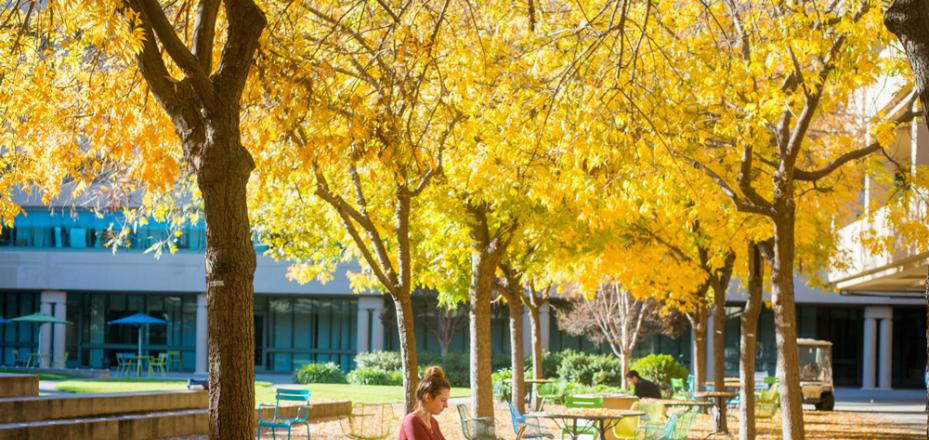Wi-Fi Calling Helps Bridge Cell Gaps

You can’t really deny that Stanford is home to some of the most beautiful buildings on a college campus...unless maybe when you’re in the basement of one of those buildings and you want to make a call on your mobile phone and can't get phone coverage. Well that situation is starting to improve.
Since the inception of cell phone technology, University IT has been working with vendors to continually improve your ability to place and receive mobile calls while on campus. The main challenge: Stanford’s unique architecture and modern structural characteristics limit cell coverage in some areas of buildings. But as we continue to advance campus wireless service, and mobile phone providers integrate wireless calling, using your mobile phone anywhere on campus is becoming a reality.
Call and Text without Cell Service
AT&T, Sprint, and T-Mobile have started offering Wi-Fi calling on certain phone models with specific operating systems. This means that when you are in an area without cell coverage, but with Wi-Fi coverage, you may be able to still use your mobile phone to place and receive calls or text messages. The list of phone models allowing wireless calling continues to grow, so check with your carrier to see if the feature is available with your particular mobile phone. (Verizon is due to enable this capability in early 2016.)
Wi-Fi Limitations
Wi-Fi calling is evolving and not yet perfect. Some limitations include that active calls may drop when switching from cell coverage to Wi-Fi, and using Wi-Fi can drain your battery faster. However, as with all technology, this capability will continue to improve. For now, it may help you use your phone in places where that was previously impossible.
IMPORTANT NOTE: When placing emergency calls using Wi-Fi calling, your carrier will attempt to route your location to emergency services using information obtained from your device and the Wi-Fi network you are using. If the carrier cannot obtain actual location information, it will send the static emergency address stored in your Wi-Fi calling settings. You can update that information in your phone settings. Because your static emergency address may not always be your actual location, you should, whenever possible, try to use a landline (i.e., non-mobile phone) when placing an emergency call. For more information about placing emergency calls using Wi-Fi calling, consult your carrier’s information.
DISCLAIMER: UIT News is accurate on the publication date. We do not update information in past news items. We do make every effort to keep our service information pages up-to-date. Please search our service pages at uit.stanford.edu/search.



